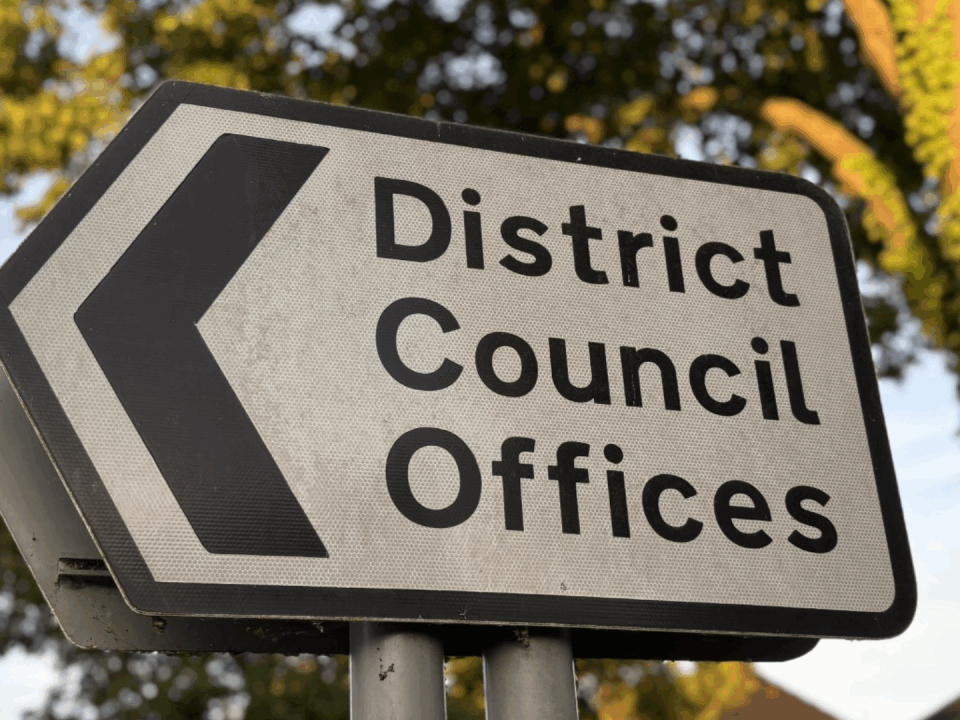PROCESSING THE 2020 ROAD CASUALTY DATA: THE MOST CHALLENGING UPDATE EVER!
Every year we process another batch of STATS19 and related data to updated MAST and other products. This blog by MAST creator Bruce Walton outlines how several changes have combined to make this the most challenging update since MAST was first launched a decade ago.
Welcome to this blog from the MAST team which covers a lot of updates relating to the 2020 data import as well as some related matters. We received the data from the DfT in October and it has been the most difficult update we have had to process in the 12 years since MAST’s inception. MAST, MAST DataMods and MAST Headliners are now updated with updates to MAST Professional and MAST Scotland, coming soon. We wanted to let you know about the issues we have faced, especially as they will impact on you and potentially previous analysis you may have undertaken.
Severity changes
The way in which the Collision Reporting and Sharing (CRASH) system used by a majority of police forces calculated severity changed in 2020. This is because as from 2020 the Casualty Admitted to Hospital field no longer plays a part in determining casualty severity, and consequently has no effect of crash severity. The Department for Transport decided to revise reported casualty severities from 2012 to 2019 in forces using CRASH in order to make those data consistent with 2020 and future years. Full details of the change can be found here. To support users who have targets or KPIs based on the old severities, two additional dimensions have been added to MAST which contain severity totals as reported in previous years. They are called:- Crash Severity before 2021 Alterations
- Casualty Severity before 2021 Alterations
Field name changes
In order to conform to the requirements of publishing STATS19 data, which is a National Statistic, on data.gov.uk, some changes have been made to the structure of STATS19 raw data tables. This involved standardising field names to consistent standards across all published data – which inevitably involved those who work with the data in revisions to established applications which rely on it. Of course, this included MAST. These changes were one factor which led to delays in this year’s update. We apologise for this inconvenience, but we expect that this issue will be a one-off which is unlikely to arise in future.Geography changes
For decades, the location of STATS19 crashes have been assigned to local authority areas using a set of three digit codes maintained by DfT. This year, for this first time, this changed and the old geographical codes are now obsolete. Crash locations are now specified using standard nine character alphanumeric codes specified by ONS. While this change is a wise move going forward in order to future proof the data set, it did necessitate substantial changes to MAST’s import and processing routines, which has inevitably caused delays. However, MAST users can rest assured that, as a result of this work, the geographic data held in MAST remains as robust as ever. We went through the pain of implementing the new codes so you didn’t have to!Mosaic 7 and Provisional data coming very soon
For over a decade, MAST has enriched STATS19 data using Mosaic, Experian’s award winning socio demographic classification system. Over the last two years Experian have been systematically overhauling the Mosaic system to reflect the latest societal trends, and as a result a new version, Mosaic 7, is now available. We have recently received a complete postcode directory for Mosaic 7 across the whole UK for the past two years, and we are in the process of implementing it for inclusion into MAST.The present release still uses Mosaic 6, which is familiar to many users, and MAST will continue to support it for at least one more year for the convenience of those who have active projects which are using it. We will provide an interim release of MAST early in 2022 with Mosaic 7 alongside Mosaic 6, and provide our members with summary information sheets for the new groups and types.
Network Mapping
Users will need to wait a few more weeks for some of the network mapping and matching features in MAST. The collision rate maps that feature in Headliners will need to be generated separately as we move towards an entirely new route-based risk mapping solution (more on this in the New Year). We also don’t have collision matching for the National Highways network for 2020 collisions.Technology gremlins
As well as the data issues there have also been challenges associated with the technology platform we use, as well as the software the sits underneath MAST. When we created MAST in 2009 we used cutting-edge technologies from Microsoft and Dundas together with our knowledge of the data to create a tool that allowed very rapid analysis of data that just wasn’t possible using other technologies at the time. Although we have added new dashboards and maps for MAST users that utilise other technologies such as PowerBi and R, the heart of MAST still relies on the, now aging platforms. Some changes will take place to our server architecture in the next year which shouldn’t impact on this but we are always concerned that one day there will be an operating system or browser update that breaks key functionality. We did have a little glitch last week that required some support from the original development team and now this is fixed we are able to move forwards.We are always looking out for new ways to improve the analysis of the data but are aware that many users really like the ability to ‘query anything and get data tables’. User feedback is always crucial and those that respond really do help to shape the future of MAST. We will once again run online MAST user groups early in 2022 so please do let us know if you want to take part so we can reserve your space. When the dates are confirmed we will be in touch with those who are keen to get involved.



